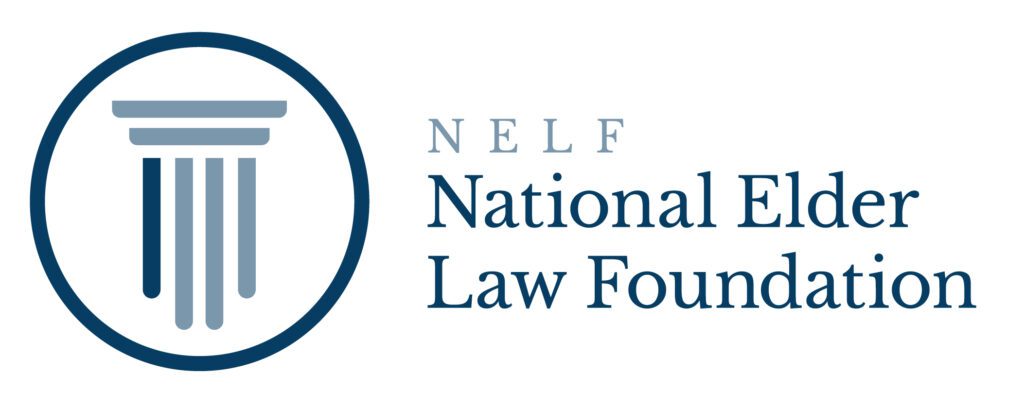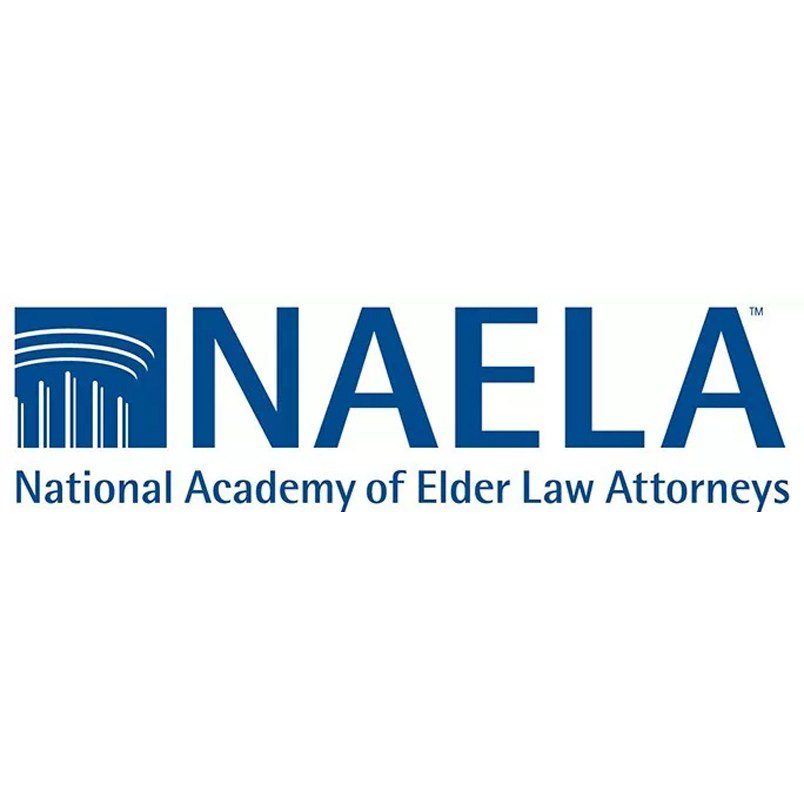Over the years I have had hundreds of conversations with clients and their loved ones about planning for their funeral, burial, cremation, celebration of life, or other ways to dispose of their body when they are gone. Some clients are proactive and embrace this end-of-life planning as part of living and as a great gift for their loved ones who will remain. Others are superstitious or just do not get around to it because they are busy living life, or their life got cut short unexpectedly. There is no right or wrong answer. As in many things related to estate planning, it is an individual choice made after considering many options. For instance, one factor would be the type and value of a burial/cremation fund, especially if one may be applying for Medicaid coverage for a nursing home stay or care at home under the Waiver program.
Years ago, one of my family members was at the end of her life journey and at home under the hospice program. She wanted a traditional burial and desired to wear what she put on at the end of each long day – a lightweight nightgown with a matching robe. She pulled me aside one day and asked me to go to the local department store and purchase a set for her as she wanted to look nice. I asked, “What color?” She replied, “My favorite colors are pink and blue. Both go well with my gray hair. Either will be fine.” I set off on my unusual (to me) shopping adventure. I picked three options and returned with them, holding up each for her consideration. She chose a blue one “with just enough lace to look pretty, but not too much,” she told me. Then I was asked to hold the chosen blue one up again. I complied. I can still see her in my mind’s eye and hear her giggle as she said, “That looks way too long [a minute pause], but I guess that’s the first thing I have purchased in my life that doesn’t need to be hemmed.” I do not know what she was thinking during this nightgown selection process, but I do know she made it easier for me. In addition to the “emotional” benefit of planning ahead, there are financial considerations as well. It is a fact that the amount of the burial account can impact eligibility for Medicaid.
Burial account amount impact on Medicaid eligibility determination
The Medicaid program consists of federal and state dollars that pay for individuals who need long-term care in a nursing facility or at home. There are physical and financial criteria that must be met in order to qualify for these programs. There is also a period of ineligibility imposed if the applicant or spouse has transferred something without receiving fair consideration in the five (5) years prior to the date of the Medicaid application (limited exceptions apply). Often, the applicant or the applicant and spouse have too many resources to meet the financial criteria for Medicaid. When that occurs, there is often a Medicaid spend down, which reduces the assets by spending on items that benefit either the applicant or applicant and spouse. One of those spending items is an irrevocable burial reserve (IBR).
The County Assistance Office (CAO) reviews Medicaid applications. The CAO caseworker evaluates the amount of the IBR to determine whether there is fair consideration. While not a requirement in the long-term care handbook, the CAO typically wants an itemized statement of what is covered under the IBR. Ownership of the IBR is transferred to the funeral home, and the amount in the IBR must be no more than 25% higher than the established cost for the county where the applicant or spouse entered into the agreement. The amount is determined each calendar year for each county. The CAO sends letters to the county funeral directors each year in order to determine the average cost of an Adult Traditional Funeral for the upcoming year. If the IBR is greater than the 25% of the average cost of burial in that county, there are some additional CAO considerations, e.g., whether the body needs to be transported for burial to a distant community. If the CAO determines that the IBR is not reasonable, the excess amount is treated as a gift and a period of ineligibility for Medicaid is imposed.
A few of the 2025 local county burial costs are:
Clinton County $14,897.00 +25% $18,621.25
Lycoming County $21,946.33 +25% $27,432.91
Union County $16,817.25 +25% $21,021.56
Funds remaining or insufficient funds in a burial account after death
When a Medicaid recipient who received Medicaid at age 55 or older dies, it is the personal representative’s obligation to give notice to Third-Party Liability at the Department of Human Services (DHS) Estate Recovery Program, more commonly known as MAER (Medical Assistance Estate Recovery), and request a claim. DHS has 45 days to respond with a statement of claim, or its claim is waived. Occasionally, there are excess funds remaining in an IBR.
What does the funeral home do if there are excess funds? DHS can waive its claim if the amount is $2,400.00 or less. If DHS waives its claim, and there is an heir to the deceased Medicaid recipient, those funds can be returned to that heir. If the claim is not waived, the funeral director must return those funds to be applied against the amount paid by Pennsylvania on behalf of the decedent.
If there is an outstanding burial expense, up to $10,000.00 of excess funds in a patient care account at the nursing home where the Medicaid recipient resided may be transferred to a licensed funeral director.
It is prudent to plan ahead so that you are ready and know How to Avoid Medicaid Estate Recovery. If you would like to learn more about funeral and cremation planning, please view Thoughtful Living Funeral & Cremation Planning.





